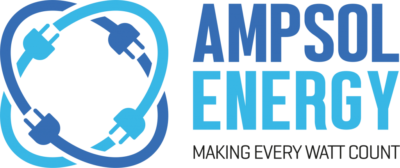The traditional household geyser is the single most “energy hungry” device in your home.
If you have not changed over to an alternative water heating solution, then this is your first step to becoming energy efficient.
The fastest return of investment in the energy saving space, is to retrofit your existing geyser with the following options:
- Heat pump
This consumes 1250w of power and converts that to a potential of 5000w of heating. Meaning you can potentially run 2 x 200L geysers from 1250w of power.
This works like an air-conditioner in reverse.
- Evacuated tube solar collectors
This collects and concentrates the sun’s rays onto a manifold, through which the water is circulated through your geyser.
It is driven by a small solar panel and a DC pump.
The original element can still be kept in place and will stay be connected to Eskom, should there be no sun for a few days, you will still have hot water.
This is free power and only under extreme conditions will Eskom power be needed.
- DC retrofit of a DC/AC Element that is powered by 3 Solar PV panels
This is an element that is a 1500w or 2000w DC/AC element that is connected to a solar charge controller and a control panel.
Solar photo-voltaic energy is used without the need for conversion to heat the element. It is very efficient and is also free.
Once again, if the sun does not provide enough power to heat the water, the AC (Eskom) powered element will take over.
This is all controlled by the logic unit.
- Solar system running a 2000w element
This is the least intrusive system and is run as another appliance connected to your solar system.
We will have it on a timer that will run when your solar system has excess power to burn, normally between 11am and 4pm.
It is the least attractive option, as it takes a lot of power from your solar system.
It also relies on the fact that there has to always be an additional 2000w of power available to run the geyser.
This normally means we will have to oversize the solar system to cater for it.
It is cheaper to use option 1, 2 or 3.
A common practise is also to run 2 geysers together to increase the heat-holding capacity.
It’s still cheaper to store hot water than electricity by battery.
Depending on a physical site inspection and your usage pattern, we will suggest one of the above.
I hope this warms you up to the idea of using the suns free energy to power your future savings.
(Copyright) John Airth (2020)



